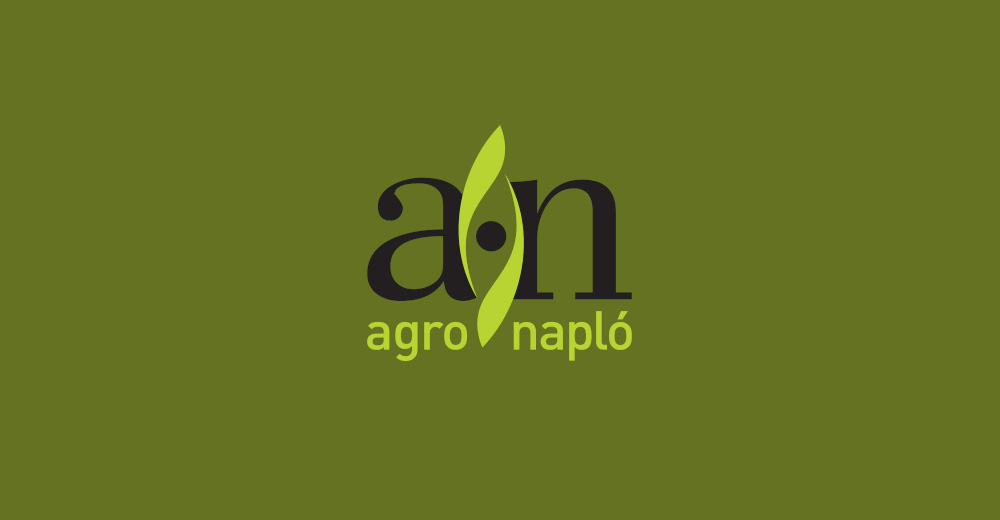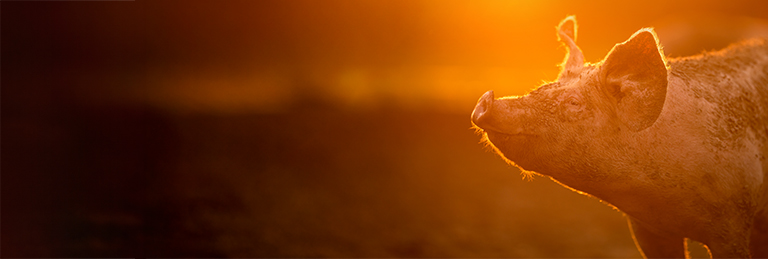CEREALS LAUNCHES
On Stand 12-K-1223 at Cereals 2013 Great Plains is launching new specification versions of its popular Simba ST Bar, X-Press, DTX, SL and TL cultivators, and adding other new options for its Flatliner and SLD models.
The new options are expected to appeal to farmers who have consistent soils and who do not need the full adjustability of working elements that the company offers across all its models.
The new specifications will include shear bolt leg protection; bolt-on points; fixed angle cultivating discs and a wider choice of rear rollers. These changes will make the machines simpler and lighter, and be reflected in their price.
“Where farmers are working different establishment systems and soil types; need significant stone protection or use rotations that include crops producing high trash levels, then the adjustability of existing Great Plains Simba machines is important”, says David Holmes, UK Sales Director.
“Many farmers don't need that level of specification. These new options will make the machines lighter and offer selected cost reductions, which we hope will enable more farmers to benefit from Simba's design and component standards”.
On the mounted Simba X-Press and ST Bar, purchasers will be offered shear-bolt protection of the ST and LD soil restructuring legs; bolt-on points; fixed disc angling and a choice of six rear rollers. Similar features for the company's folding X-Press models are currently undergoing field tests.
The Simba DTX 300 and 350 cultivators will also be offered with fixed disc angles and a choice of six rear rollers.
For the Simba SL range shear-bolt protection of the soil restructuring legs will be offered, as will bolt-on points. The SL400, SL500 and SL600 models will additionally be available with several roller options, including the HD roller launched at LAMMA.
The Simba TL300 and TL350 will now be offered with shear-bolt protected tines; fish-tail coverers as an option for the sprung covering discs and a choice of six rear rollers.
Both the Simba Flatliner 500 and SLD ranges will offer the LD (Low Surface Disturbance) tine as an option, with the SLD also available with LD tine frames in place of the traditional V-formation, these having been developed especially for one-pass oilseeds establishment.
SHALLOW COMPACTION A CHALLENGE
Farmers aiming to establish spring crops must work carefully to ensure they remove any compaction and ‘capping', while avoiding losing the surface tilth and replacing it with raw, unweathered soil from deeper in the profile.
Compaction is evident in many un-drilled fields this spring, says David Holmes, UK Sales Director for Great Plains, and needs to be removed effectively:
“Any remaining compaction would risk spring crops suffering poorer or delayed germination. As well as risking reducing yield, any delay in crop development could mean the disruption caused to 2012/13's crops could roll over into another year.
“The variety of causes of this problem make it essential to dig holes and determine how deep-set the problem is”, he says.
“Where it was caused by field operations being done in damp conditions last autumn then a deep working machine like a FlatLiner, DTX or SLD may be required to remove it.
“But shallower problems – including compaction due to livestock trampling over the winter – may be able to be removed by using our DTX or 3m X-Press and ST Bar.
“The key is to re-structure the deeper soil effectively, so the aggregates are re-arranged properly without moving soil to the surface, and retain the surface tilth at the surface where it needs to be.
“Using elements like our LD (Low Surface Disturbance) legs – which can now be fitted to our Flatliner, DTX, SLD, SL models, and our ST-Bar - can help achieve this”.
STRUCTURE SO IMPORTANT
Keeping the soil in good condition is of special importance to Barrington Park Estates, based at Burford, Oxfordshire – a mixed organic unit that includes 3,500 acres of combinable crops.
Their system relies on ploughing to establish crops, and damp autumns such as the one just past can cause problems. Farm foreman James Francis uses a Great Plains Simba Flatliner to restructure the soils:
“We use it to break any plough pan and compaction that might have been caused, as well as removing damage that might have been done on the headlands.
“On the brashy soils it handles small stones easily. The legs break back automatically if they meet anything bigger and reset themselves in work, which saves a lot of time. Changing worn points is also quick and easy, which helps maintain output. We can also adjust the break-back pressure as required.
“It has performed very well on the 500 acres of heavy clay soils beside the river, which can go very hard some seasons.
“The rear DD roller is a huge improvement on the roller on our old machine, which tended to block and stall in difficult conditions, and was then extremely hard to un-block. The DD rings don't suffer those problems. They leave a well pronounced ridged finish which is fine for over-wintering ahead of spring drilling”.
HUNGARY FOR INFORMATION
Great Plains' Yield-Pro ® maize planter is being tested to the full in Hungary this spring, with 30 different field trials being set up spread right across the country.
And in a nation that grows around 1.2 million hectares of maize, there will be plenty of people looking at the results:
“We are testing the planter and comparing it with competitor machines in as many regions, soil types and rotations as we can”, says Attila Jocsak, machinery specialist for importer Valkon.
“Last year growing conditions in Hungary were very dry and the lack of moisture reduced maize yields to anything from six to 12 tonnes a hectare.
“Everyone will be interested to see whether they can exploit the Twin-Row planter's better seed distribution to raise seed rates, which could improve yields and create a better micro-climate between the plants.
“It could also achieve better coverage of the soil surface, which will help retain soil moisture levels, which will be extremely valuable if we get another dry summer.
“Our livestock farmers will be really interested to see whether we can increase yields and crop quality”.
Simon Revell, Exports Director, adds: “Having seen the first machines working in Hungary, I am really impressed with their simplicity and strength, as were the Hungarian farmers who saw them working.
“If the planters bring European farmers similar benefits as they have to their American counterparts then the future looks very exciting”.
PRODUCING FEED AND FUEL
Dairy farmers in Germany will have their chance to assess the merits of the Yield-Pro ® planter thanks to a series of eight field trials being conducted by plant breeder Pioneer and Great Plains.
Most of the sites are in Lower Saxony, says Jurgen Koch, from Pioneer:
“That region has the highest maize-growing concentration in Germany and it is a very important crop for livestock farmers, both for feeding to dairy cows, but also because many of them use maize with slurry in the bio-gas production plants they have on farm.
“We will be comparing the Twin-Row with other single-row planters, and establishing crops at different seed rates (75,000, 85,000 and 95,000 seeds/hectare)”.
The trials will compare two types of maize, one that produces higher volumes of forage, and the other which yields slightly less, but produces much better quality grain:
“The interest in the quality varieties comes because they could reduce the amount of crop that needs to be transported or stored”.
PIONEER is also trialling different one-pass oilseed rape establishment systems on one of the sites, with “farm practice” being represented by a cultivator working to 15cms - 20cms depth, against a Great Plains Simba DTX with the restructuring legs working to 30cm.
DRILLS GO TO WORK IN FRANCE
Great Plains' drill range has already chalked up encouraging early sales in France, and should achieve more this year.
Both the Spartan and the Centurion drill have already impressed many, says Pierre-Arnaud Noiret, Territory Manager:
“The first 9m Spartan has gone to a 2,000 hectare farm, who needs that sort of output, with two 6m models going to 400 ha farms. We have three Centurions on farms now too.
“There is also interest from other farmers. The average arable farm size in France is about 100has, so we tend to talk to groups of farmers combining forces to buy machines together.
“We did a lot of field trials last autumn when the weather allowed us to work, and the crops all look perfect, which will help attract further interest.
“I think we still need to show these drills working in the field, and a better working season will help us do that.
“We will also be showing the Yield-Pro ® planter, as the model we exhibited at SIMA earlier this year attracted a huge number of enquiries. The planter will start work in the West of the country, before moving on to Alsace in the North East and then going down to the South West, which is the biggest maize growing region in the country”.







